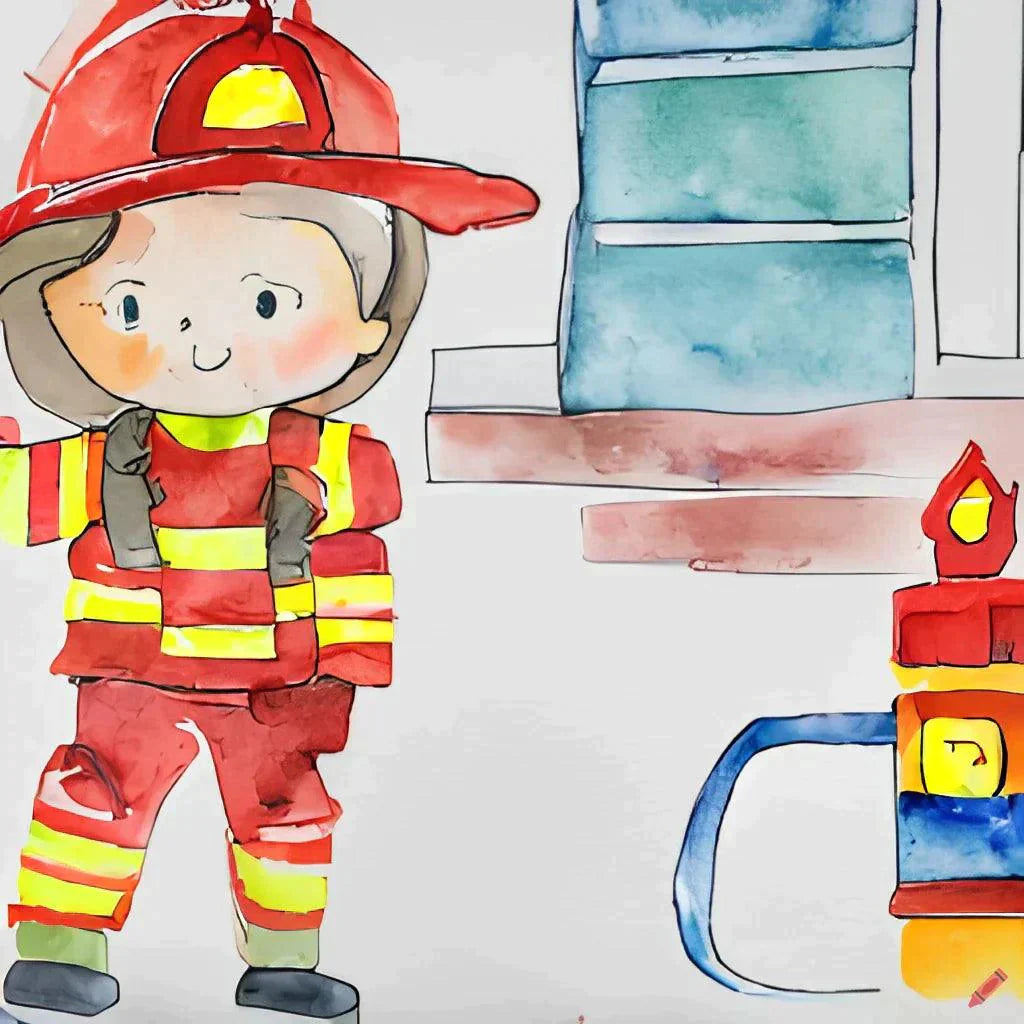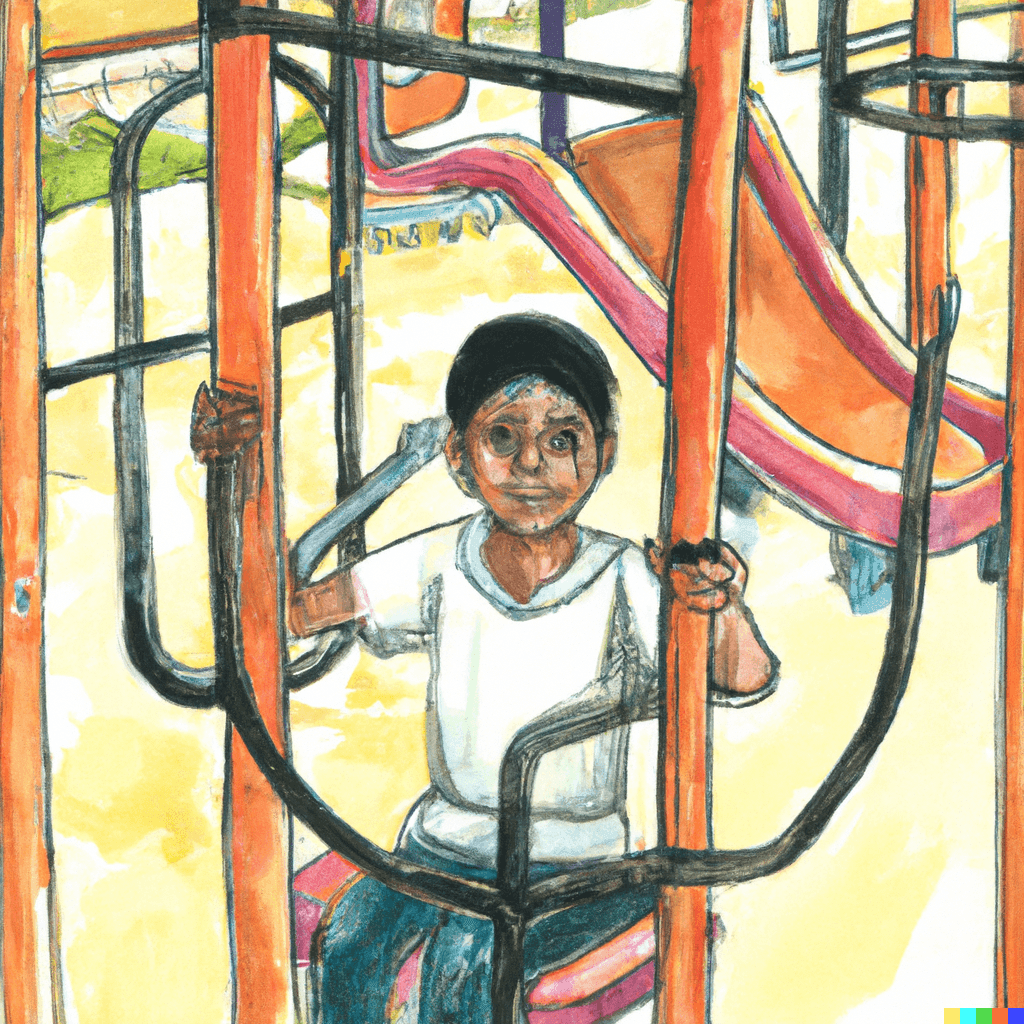There are various types of car seats or harnessed seats that can be your best selection when your child is growing.
How to Know When Your Child Needs a New Car Seat
As parents, one of our top priorities is ensuring the safety of our children. When it comes to car seats, it's crucial to have the right one for your child's age, height, and weight. Keeping your child in a car seat that is appropriate for their size and weight can greatly reduce the risk of injury in the event of a car accident.
What is the Importance of Having the Right Car Seat for Your Child?
Car seats are designed to keep children safe during car trips by providing extra support and protection. Different types of car seats are made for different age groups, from infants to older children, and each is designed to fit the unique needs of that group.
How Often Should You Upgrade Your Child's Car Seat?
As your child grows, they will eventually outgrow their current car seat and need a new one. It's important to regularly check your child's car seat to ensure that it still fits properly and provides adequate protection. Here are some general guidelines to help you determine when it's time to upgrade your child's car seat:
Infant Car Seats
Infant car seats are designed for newborns and young infants. They typically have a weight limit of up to 22 pounds, so you will need to upgrade to a different type of car seat when your child exceeds that weight limit. It's important to remember that infants should always be in a rear-facing car seat until they reach the maximum height and weight limit for that seat.
Convertible Car Seats
Convertible car seats can be used for both rear-facing and forward-facing modes. They have a higher weight limit than infant car seats and can be used for children up to 65 pounds. When your child reaches the maximum height and weight limit for their convertible car seat, it's time to upgrade to a booster seat.
Booster Seats
Booster seats are designed for children who have outgrown their convertible car seat but are not yet big enough for a seat belt alone. Booster seats typically have a weight limit of around 80-100 pounds, so you will need to upgrade to a regular seat belt when your child exceeds that weight limit.
Tips for Choosing the Right Car Seat
When it comes to choosing a new car seat, there are a few things to consider to ensure that you get the right one for your child's needs. Here are some tips to help you choose the best car seat for your child:
Check the Car Seat's Weight Limit
Make sure to check the weight limit of the car seat you are considering to ensure that it is appropriate for your child's age and size.
Consider Your Child's Height and Weight
Consider your child's height and weight when choosing a new car seat. Different car seats have different height and weight limits, so make sure to choose one that fits your child properly.
Look for Car Seats with Adjustable Harness Straps
Choose a car seat with adjustable harness straps to ensure that the seat fits your child properly as they grow.
Consider Your Vehicle's Size
Make sure to choose a car seat that fits comfortably in your vehicle. Consider the size of your vehicle and the size of the car seat when making your choice.
Conclusion
In conclusion, it is of utmost importance that parents or guardians keep their children safe while traveling in a vehicle. The use of a car seat can greatly reduce the risk of injury or death in the event of an accident.
The use of a car seat can greatly reduce the risk of injury or death in the event of an accident. It is essential to understand when it is time to switch from one type of car seat to another, and to keep up-to-date with the latest safety standards and guidelines.
By paying attention to the height, weight, and age of your child, as well as the expiration date and recall history of your car seat, you can ensure that your child is always safe and secure while traveling in a vehicle. Remember, the right car seat, used correctly, can make all the difference in the world. So, make the right choice, choose wisely, and keep your child safe.











